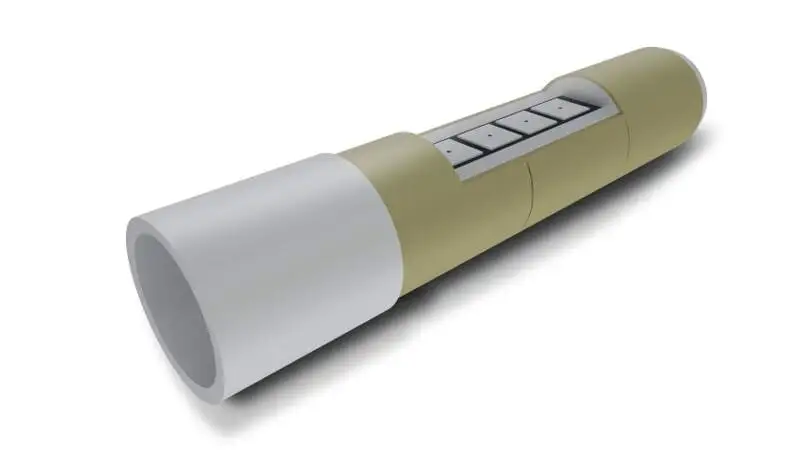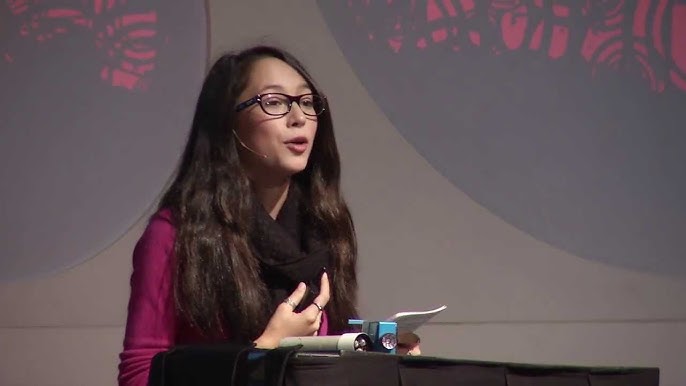Thermoelectric Innovation: Ann Makosinski’s “Hollow Flashlight” Shines a Light on Sustainability

At just 15, Canadian inventor Ann Makosinski engineered an elegantly simple and profoundly inspiring solution: the “Hollow Flashlight.” This unique device is powered entirely by the heat of the human body—effectively eliminating the need for batteries altogether.
The core technology relies on Peltier tiles. These specialized tiles convert thermal energy—specifically, the heat radiating from the user’s hand—into electrical energy to illuminate an LED. Scientifically, the flashlight operates using the Seebeck Effect, where a temperature differential between two differing conductive materials generates a voltage. Ann’s ingenious design captured the warmth from the palm while utilizing a hollow structure to allow ambient air to flow through and cool the outer surface, thus creating the necessary thermal difference to generate power.
The inspiration for the invention was rooted in compassion: a friend in the Philippines could not study at night because her family lacked reliable electricity. Ann’s creation quickly transcended a mere science project, becoming a sustainable, renewable energy source perfectly suited for areas lacking dependable power grids.


With immense potential for emergency and off-grid use, this groundbreaking invention earned Ann Makosinski the top prize in her age category at the 2013 Google Science Fair. Her story proves that age is no barrier to innovation—all it takes is scientific understanding and a compassionate heart to create truly groundbreaking solutions to global challenges.











